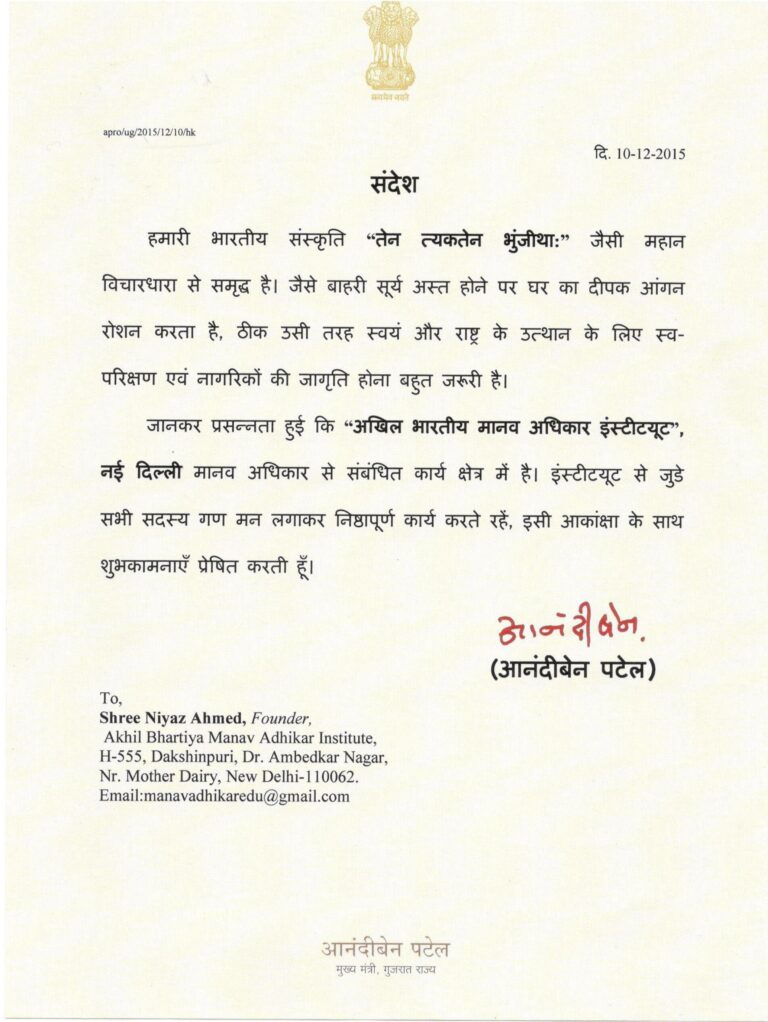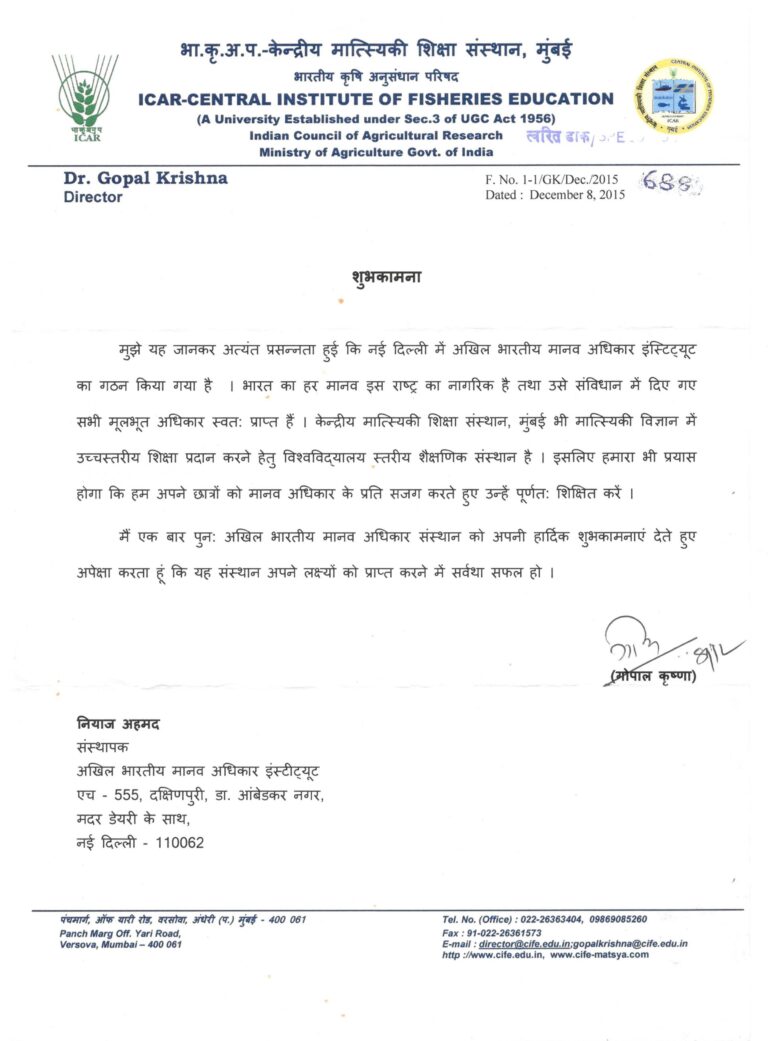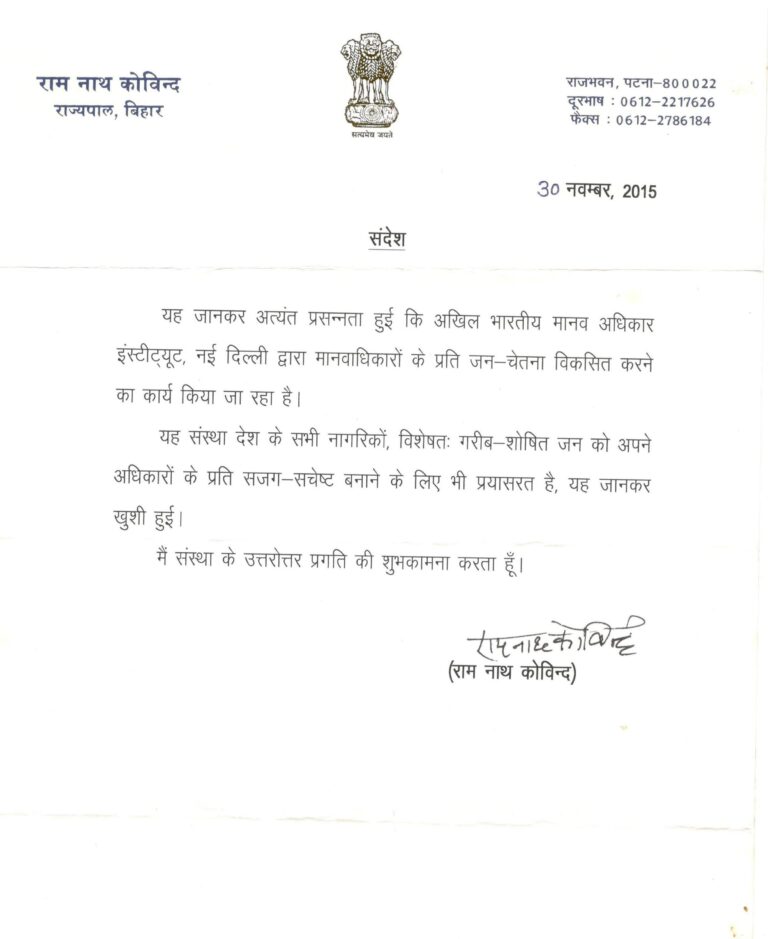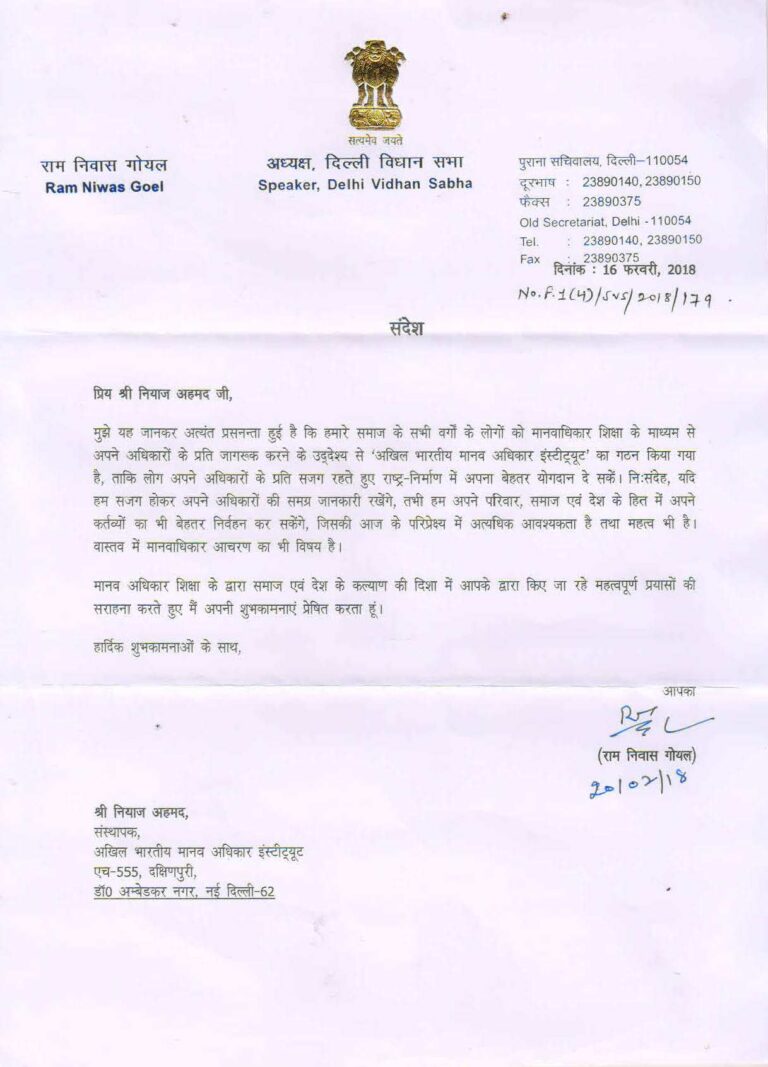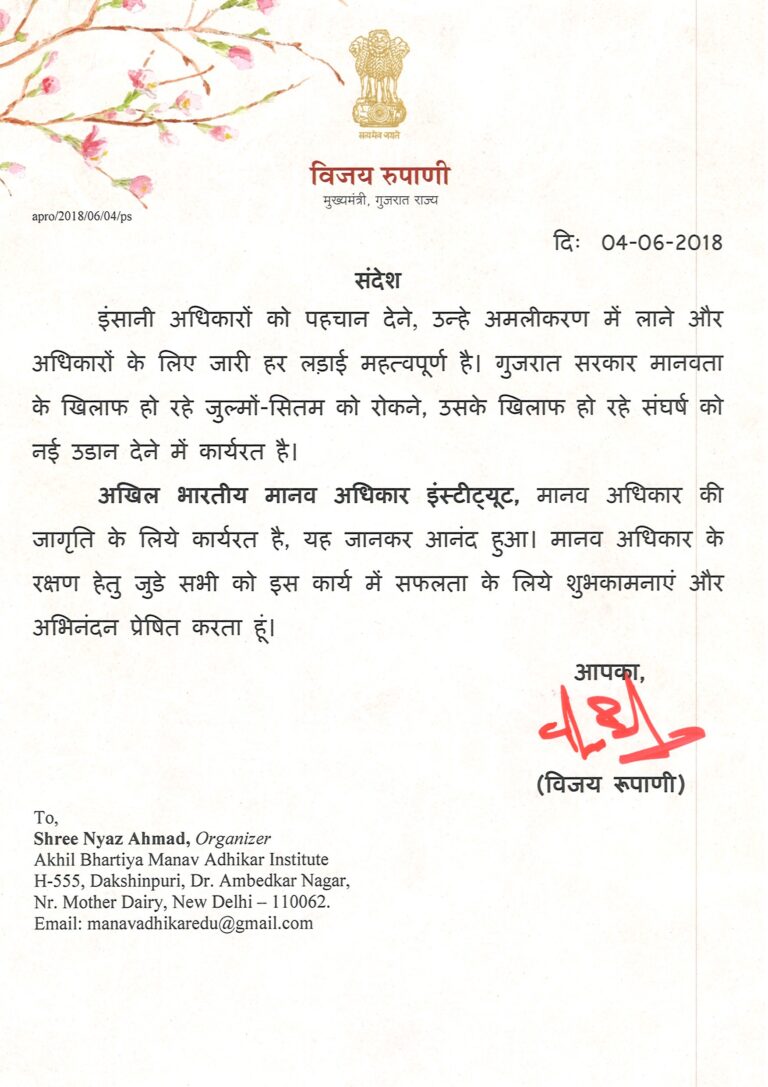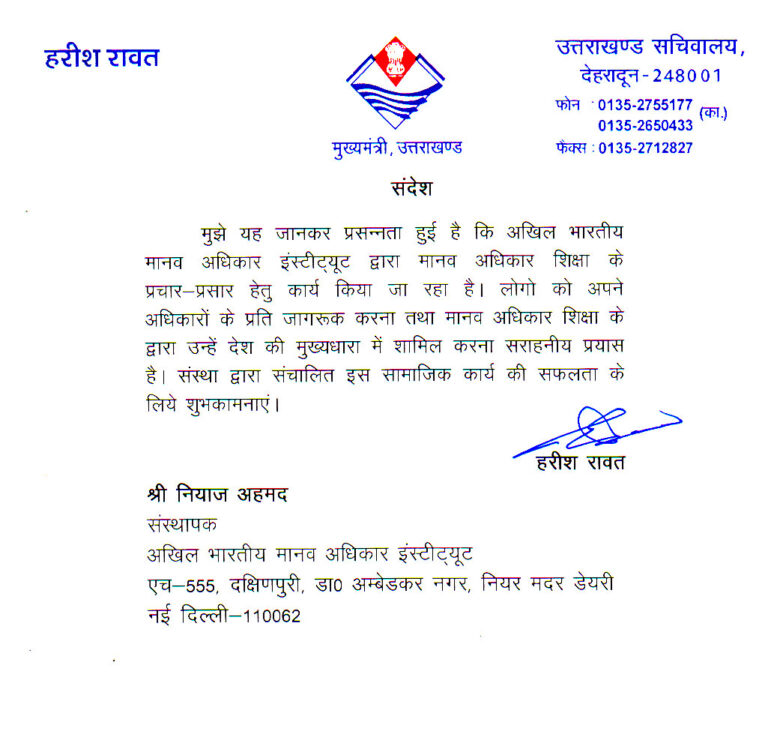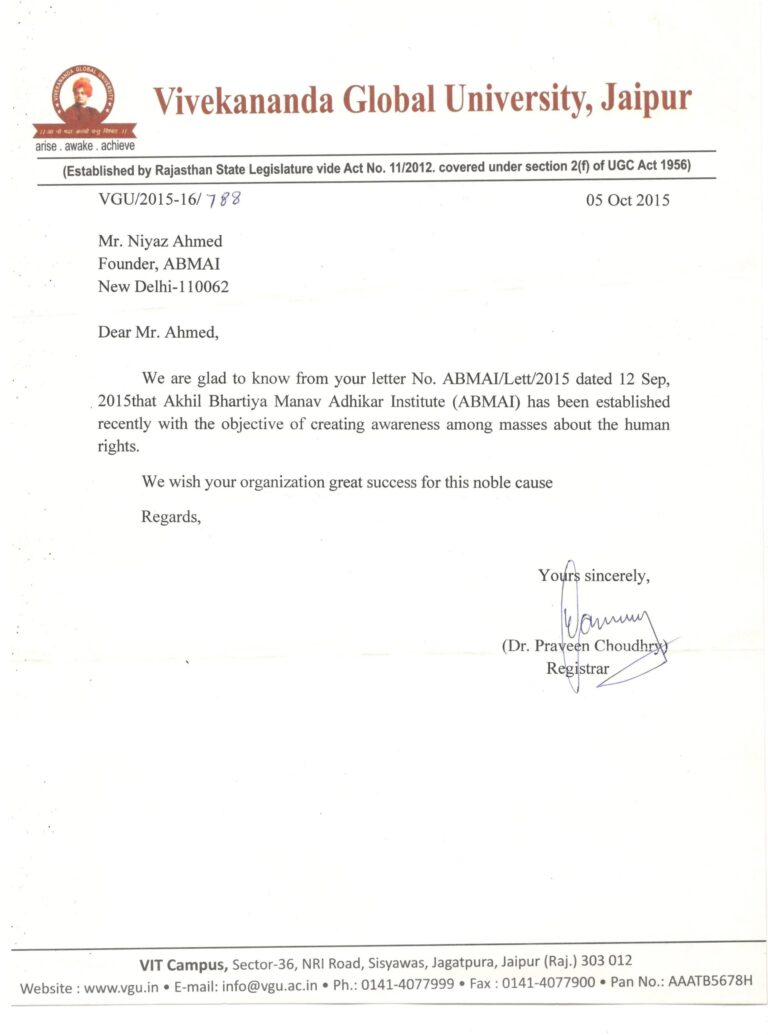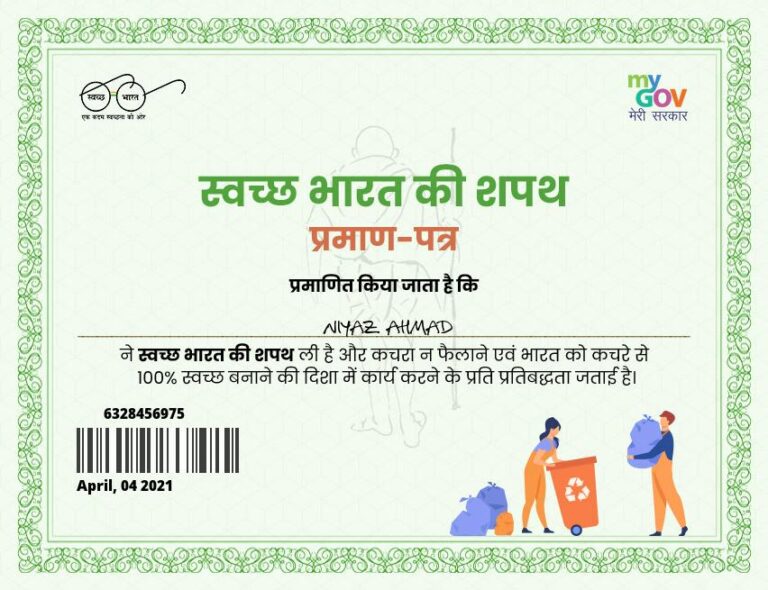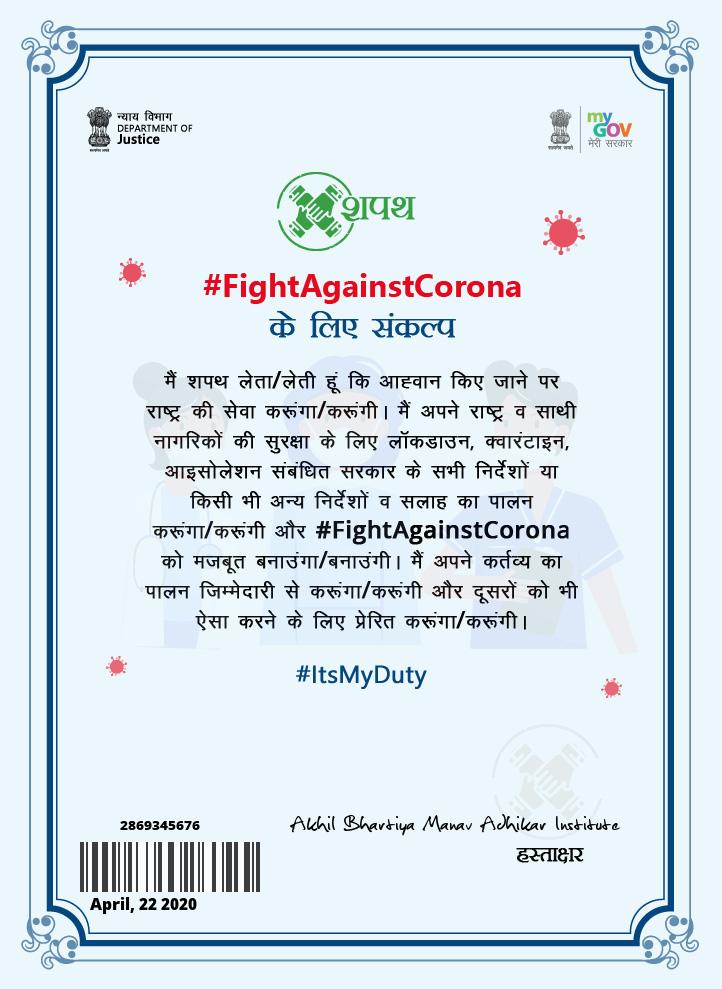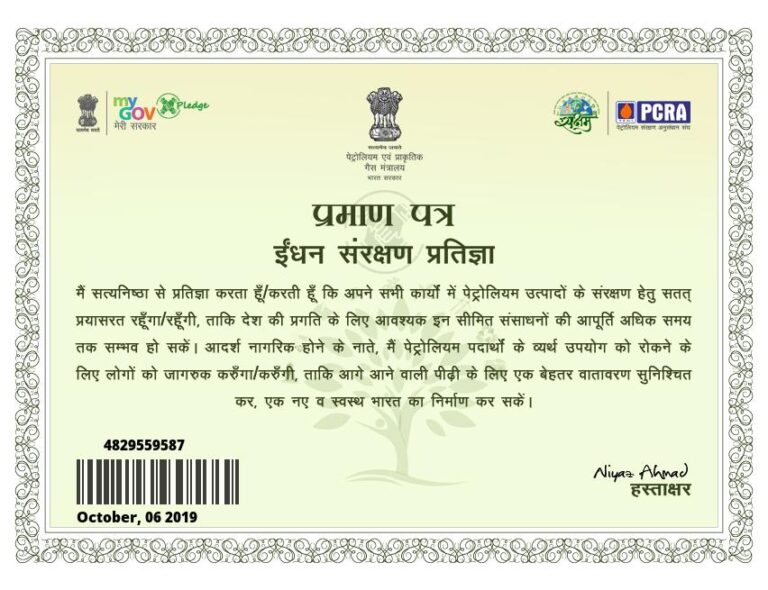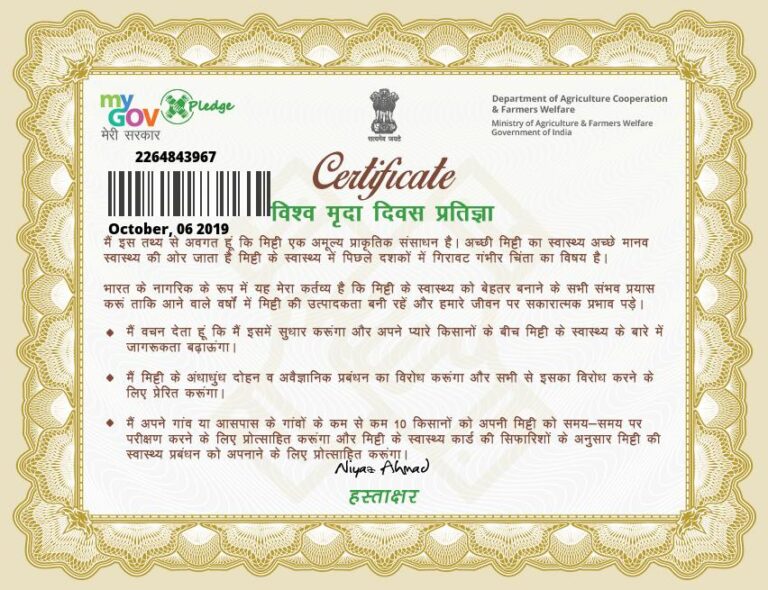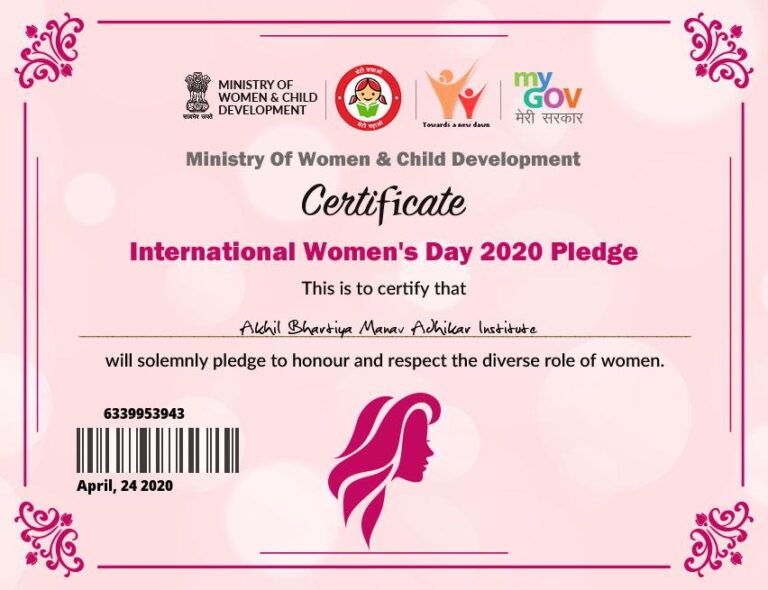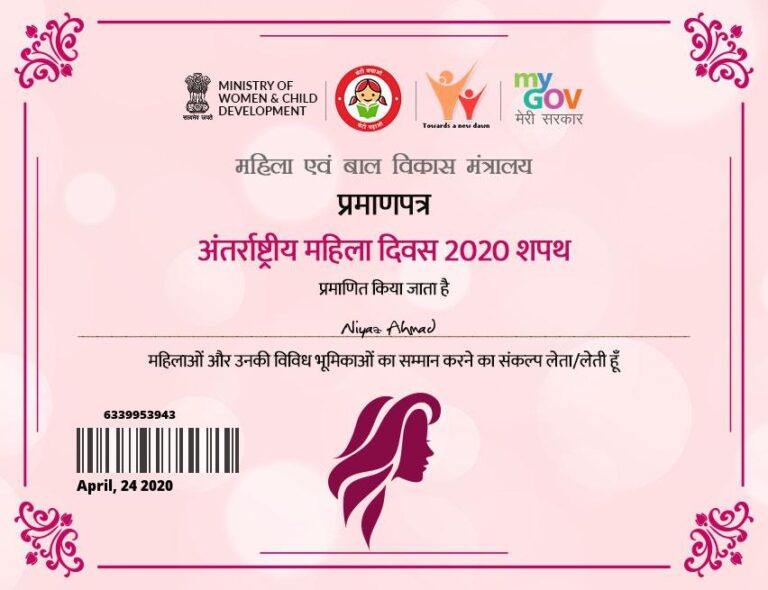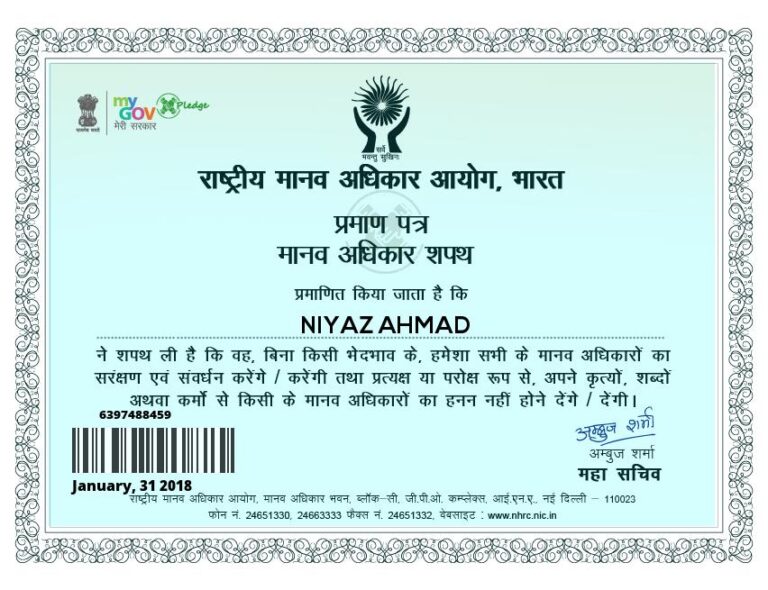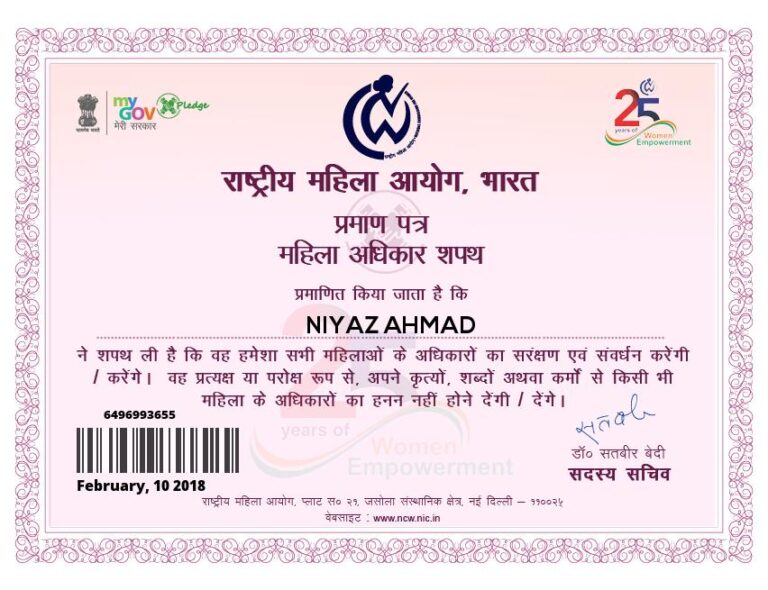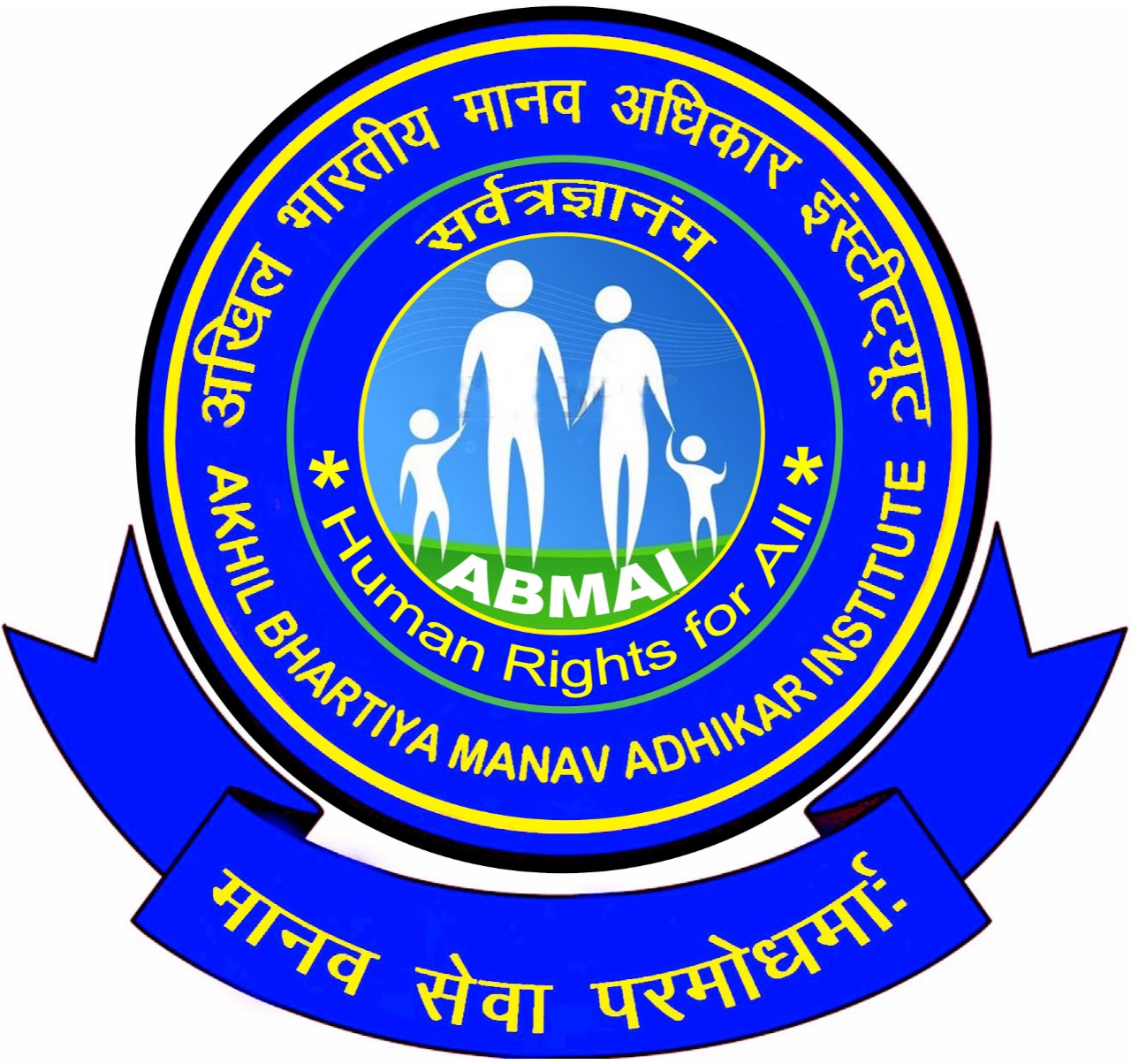- +91 95609 01469
- info.abmai@gmail.com
- H-555, Dakshinpuri, Dr. Ambedkar Nagar Near Mother Dairy New Delhi-110062
AKHIL BHARTIYA MANAV ADHIKAR INSTITUTE
Learn Human Rights Education Here
The human rights field has huge potential and need for multiple professionals. Work in human rights can be challenging and intense. Organizations use a variety of disciplines in their approach to Social Justice, Juvenile Justice, Gender Justice, Custodial Justice, and now emerging area of Climate Justice including direct service, monitoring & evaluation, lobbying and networking, advocacy, policy development, documenting and research.
ECONOMIC, SOCIAL AND CULTURAL RIGHTS AND RIGHT TO DEVELOPMENT
India has an impressive array of laws and schemes aimed at providing social services. These, however, have not succeeded in realizing the economic, social and cultural rights for the majority of the population. Although India has achieved a sustained ‘growth’ rate, the promise of ‘inclusion’ has not been fulfilled. As per UPR I Recommendations 10 and 18, India committed to address inequity. However, while the average growth rate over 2007-2011 was 8.2%, poverty declined by only 0.8%.1 Data indicates that more than three-fourths of the 1.2 billion Indians have faced further marginalization during this period. According to the Arjun Sengupta Committee (2006) appointed by the Prime Minister, 77% of Indians live on a consumption expenditure of less than INR 20 (around USD 0.42 ) a day.3 The national poverty rate in India is estimated at 37.2% according to the Tendulkar Committee report. The GoI national report for UPR II, while quoting the same Committee, highlights the decline in the poverty rate from 1993-94 (45.3%) to 2004-05 (37.2%).4 However, India still ranks 134 out of 187 countries on the UN human development index.5 The country’s economic policies, driven by the neo-liberal economic paradigm, continue to perpetuate ‘exclusion’ and violate Fundamental Rights and Directive Principles of the Constitution.
Know Who We Are
About our institute
Akhil Bharitya Manav Adhikar Institute is an autonomous body it is registered Central
Government of Delhi. The certificate No. INDL74111379265155N. Registration no.
251/2015-16, Book no. 04, Vol. No. 111 & NITI Aayog Registration no. DL/2018/0194110.
This encompasses research, analysis, information, human rights education, documentation and
the implementation of national and international programmed. Akhil Bharitya Manav Adhikar
Institute (ABMAI) has been established on 3rd March, 2015 based on Human Rights Education
across the Country as under “THE CENTRAL ACT II of 1882 PCT No. 2 OF 1882” NCT of Delhi
Government of India.
The two years’ Post Graduate Diploma in Human Rights (PGDHR), one
year’s Diploma in Human Rights (DHR) six month Certificate in Human Rights (CHR) & three
months Foundation Course (FHR) running in Human Rights is awarded by Akhil Bhartiya Manav
Adhikar Institute New Delhi. Akhil Bhartiya Manav Adhikar Institute has launched this study
programmes in Human Rights through Open and Distance Learning mode.

भारत में मानव अधिकार
भारत में मानव अधिकार मानवाधिकार मनुष्य के वे मूलभूत सार्वभौमिक अधिकार हैं, जिनसे मनुष्य को नस्ल, जाति, राष्ट्रीयता, धर्म, लिंग आदि किसी भी दूसरे कारक के आधार पर वंचित नहीं किया जा सकता।
1829 राजा राममोहन राय द्वारा चलाए गए हिन्दू सुधार आंदोलन के बाद भारत में ब्रिटिश राज के दौरान सती प्रथा को पूरी तरह समाप्त कर दिया गया।
1929- नाबालिगों को शादी से बचाने के लिए बाल विवाह निरोधक कानून पास
1947- ब्रिटिश राज की गुलामी से भारतीय जनता को आजादी मिली।
1950 भारतीय गणतंत्र का संविधान लागू हुआ।
1955 भारतीय परिवार कानून में सुधार हिन्दू महिलाओं को मिले और ज्यादा अधिकार
1973 केशवानंद भारती वाद में उच्चतम न्यायालय ने निर्धारित किया कि संविधान संशोधन द्वारा संविधान के मूलभूत ढांचे में परिवर्तन नहीं किया जा सकता। (जिसमें संविधान द्वारा प्रदत्त कई मूल अधिकार भी शामिल हैं)
1989- अनुसूचित जाति, अनुसूचित जनजाति (अत्याचारों से सुरक्षा) एक्ट 1989 पास हुआ।
1992 संविधान में संशोधन के जरिए पंचायत राज की स्थापना, जिसमें महिलाओं के लिए एक तिहाई आरक्षण लागू हुआ। अजा अजजा के लिए भी समान रूप से आरक्षण लागू।
1993 प्रोटेक्शन ऑफ मून राइट्स एक्ट के तहत राष्ट्रीय मानव अधिकार आयोग की स्थापना।
2001 खाद्य अधिकारों को लागू करने के लिए सुप्रीम कोर्ट ने अतिरिक्त आदेश पास किया।
2005 सूचना का अधिकार कानून पास।
-2005 रोजगार की समस्या हल करने के लिए राष्ट्रीय ग्रामीण रोजगार गारंटी एक्ट पास
2005 भारतीय पुलिस के कमजोर मानव अधिकारों के लिए सुप्रीम कोर्ट ने पुलिस सुधार के निर्देश दिए।
Request a Call Back?
A small river named Duden flows by their place and supplies it with the necessary regelialia. It is a paradise
Make an Appointment
for any inquiry
Useful Links
Subscribe Now
Don’t miss our future updates! Get Subscribed Today!
©2022. ABMAI. All Rights Reserved.
Designed by Target Dgtal


